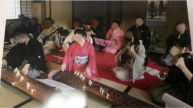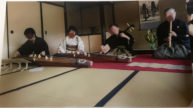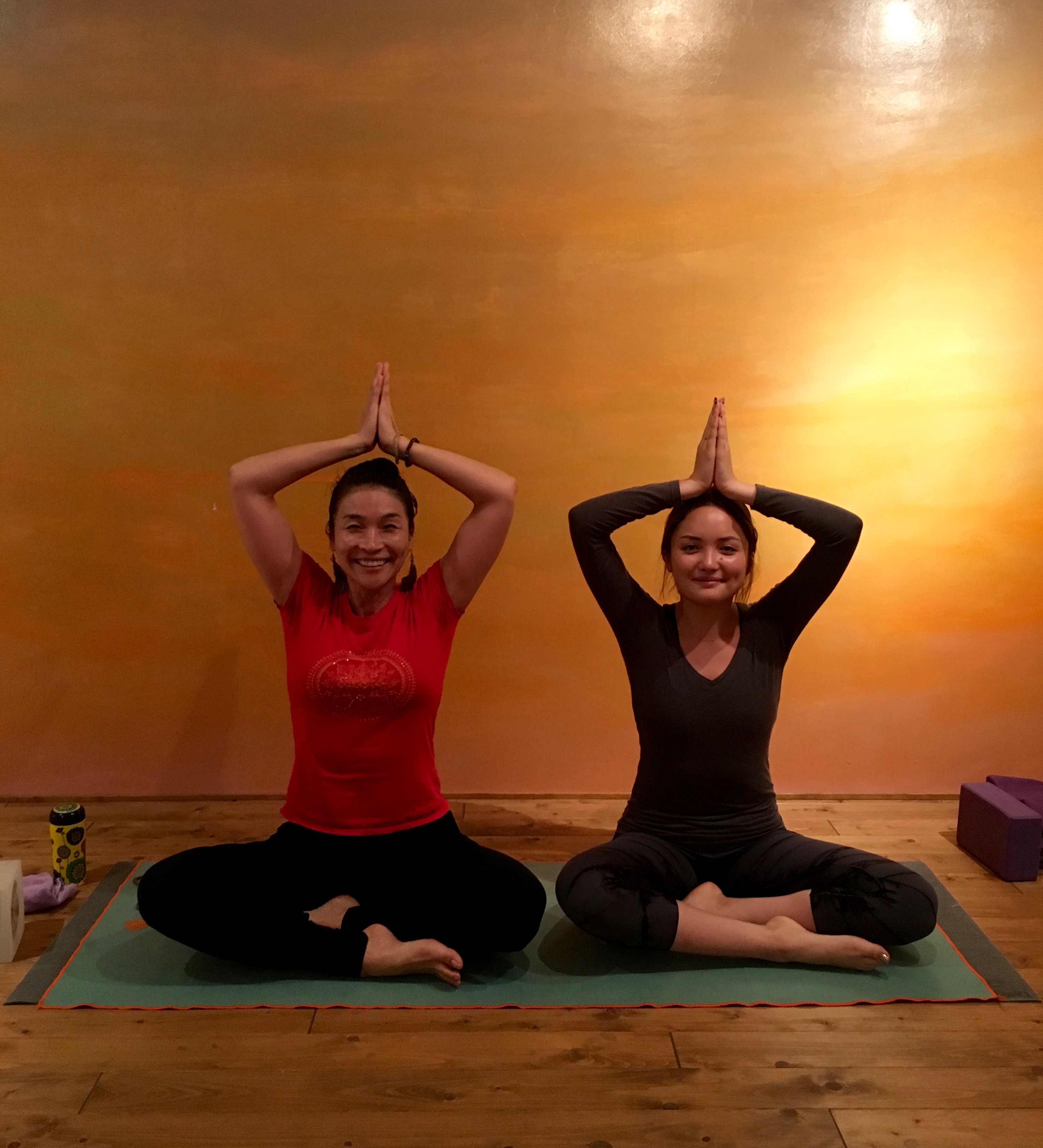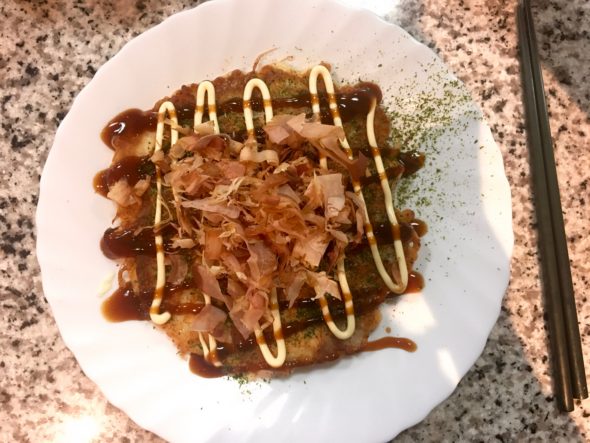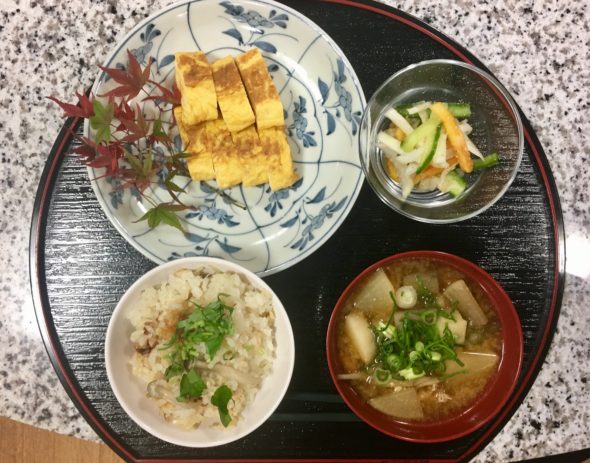こんにちわ、this is Mengjiao Zhang from Mount Holyoke College. I want to share my experience of taking opera lesson in Kyoto, Japan. I was taking an individual voice class back to homeschool in America. When I told my voice teacher I would go study abroad in Japan for next semester, she told me in a serious way that I’d better continue voice practice in this off-campus period, or my singing level will drop to the starting level. So I decided to continue opera singing/voice practice during this four month in Japan.
My voice teacher’s name is Tamada Makimi, she is a local who offered individual opera practice class for over ten years, given that she is really experienced at teaching classical singing. I went to my first class on a random Wednesday afternoon, with some of the music sheets I got from last semester – but according to my previous experience, I know the first class is for which teacher to evaluate student level. For instance how long you been practiced, how high or low you are able to sing, etc… First time greeting just like every normal Japanese greeting, teacher called me ジャスミンさん in a very cute way, she was indeed amiable and had an obvious 可愛い personality.
My lessons in both America or Japan are divided into two parts, 30 minutes of warming up and 30 minutes of singing an opera song. Sometimes the class before me ended late, but I arrived on time, so I had chances to observe how my teacher treat other native Japanese students. Most of them are around 40s to 50s, but also there are also 20’s young girls or 10 years elementary students. So my teacher is teaching a large variety of students. Moreover, for the older students, It seems usual for them to have a schedule book which they can record the schedule of next class, and an envelope to pay for the tuition. I asked Tamada Sensei about the envelope whether it is necessary to have one to pay for the tuition or not. But, she told me I don’t need one. (Still the reason of using an envelope.)
Another thing to notice is in the class time, Sensei talked to me in standard Japanese, but when talked to other students, she used Kansai dialect instead. I didn’t ask her the reason because it seems somehow obvious. Like we discussed in the class, I’m a foreigner who is on the way of studying, mastering Japanese. In order for me to understand what she is talking about, standard Japanese works much better than Kansai dialect.
Also, Tamada Sensei was easy going. When warming up, body contacting was involved, it seems very normal to touching the body because she needed to show me how to use the belly to breathe and sing. Tamada sensei taught me another way of singing which named Bel Canto. I’m able to sing it right now, and we plan to learn a Japanese song at the last two classes. I really appreciate the time I spend with her, and, I’m thinking about what kinds of gift I should give to her at our last class.
Mengjiao Zhang

